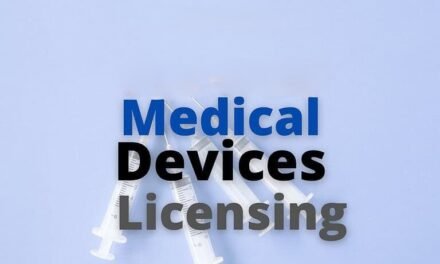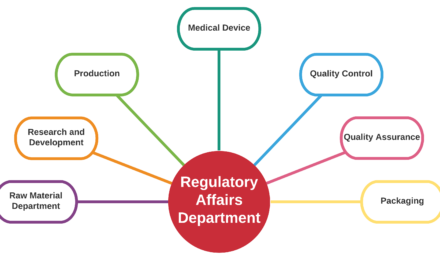
What is the role of the Central Drugs Standard Control Organization (CDSCO) in regulating medical devices?

The Central Drugs Standard Control Organization (CDSCO) is India’s national regulatory authority for pharmaceuticals and medical devices. It plays a pivotal role in ensuring the safety, quality, and efficacy of medical devices manufactured, imported, or sold in the country. Here’s an overview of CDSCO’s responsibilities and functions in the context of medical device regulation:
1. Regulatory Framework Development
- CDSCO formulates and implements the Medical Devices Rules, 2017, which provide a comprehensive regulatory framework for medical devices in India.
- It ensures that Indian regulations align with global standards, facilitating both domestic safety and international trade.
2. Licensing and Approvals
- Manufacturing Licenses: CDSCO grants manufacturing licenses for high-risk devices (Class C and Class D) through the Central Licensing Authority (CLA).
- Import Licenses: It oversees the import of medical devices, requiring foreign manufacturers to obtain CDSCO approval and appoint an Authorized Indian Representative.
- Clinical Trials: CDSCO reviews and approves clinical trial applications for medical devices, particularly for new or high-risk categories.
3. Classification and Risk Assessment
- CDSCO classifies medical devices into four categories (Class A, B, C, and D) based on risk levels, following global standards.
- The classification determines the regulatory pathway and scrutiny required for each device type.
4. Quality Assurance
- Ensures compliance with ISO 13485 for Quality Management Systems (QMS) in manufacturing.
- Conducts audits and inspections of manufacturing facilities to verify adherence to Good Manufacturing Practices (GMP).
5. Product Approvals and Standards
- Reviews and approves the safety, efficacy, and quality of medical devices before granting marketing authorization.
- Ensures conformity to essential safety and performance standards based on internationally recognized guidelines.
6. Post-Market Surveillance
- CDSCO monitors the performance and safety of medical devices through adverse event reporting and post-market surveillance systems.
- Requires manufacturers to report adverse events and take corrective actions when necessary.
7. Import Regulation
- CDSCO regulates the import of medical devices by issuing import licenses, verifying compliance with Indian and global standards.
- Foreign manufacturers must register their products with CDSCO before entering the Indian market.
8. Notifications and Advisory
- Issues notifications, advisories, and guidelines to update stakeholders on regulatory changes or emerging safety concerns.
- Acts as the focal point for communication between the government, manufacturers, and healthcare providers.
9. Collaboration with State Authorities
- Works with State Licensing Authorities (SLAs) for licensing and monitoring low-risk medical devices (Class A and Class B).
- Ensures uniformity and consistency in regulatory practices across the country.
10. Promotion of Domestic Manufacturing
- Supports government initiatives like Make in India and the Production Linked Incentive (PLI) Scheme by simplifying regulatory processes for domestic manufacturers.
- Aims to reduce reliance on imports and foster innovation in the local medical device industry.
11. Environmental and Ethical Compliance
- Ensures compliance with environmental regulations, such as sustainable manufacturing and proper disposal of medical device waste.
- Enforces ethical standards in clinical trials and manufacturing practices.
12. Capacity Building and Training
- Provides training and capacity-building programs for regulators, manufacturers, and healthcare professionals to enhance awareness of regulatory requirements.
Significance of CDSCO
The CDSCO ensures that medical devices in India meet stringent safety and quality standards, thereby protecting public health. Its efforts to harmonize Indian regulations with global standards also enhance India’s competitiveness in the global medical device market. However, the evolving regulatory landscape requires CDSCO to continually adapt and strengthen its capacity to address emerging challenges and innovations in medical technology.




























